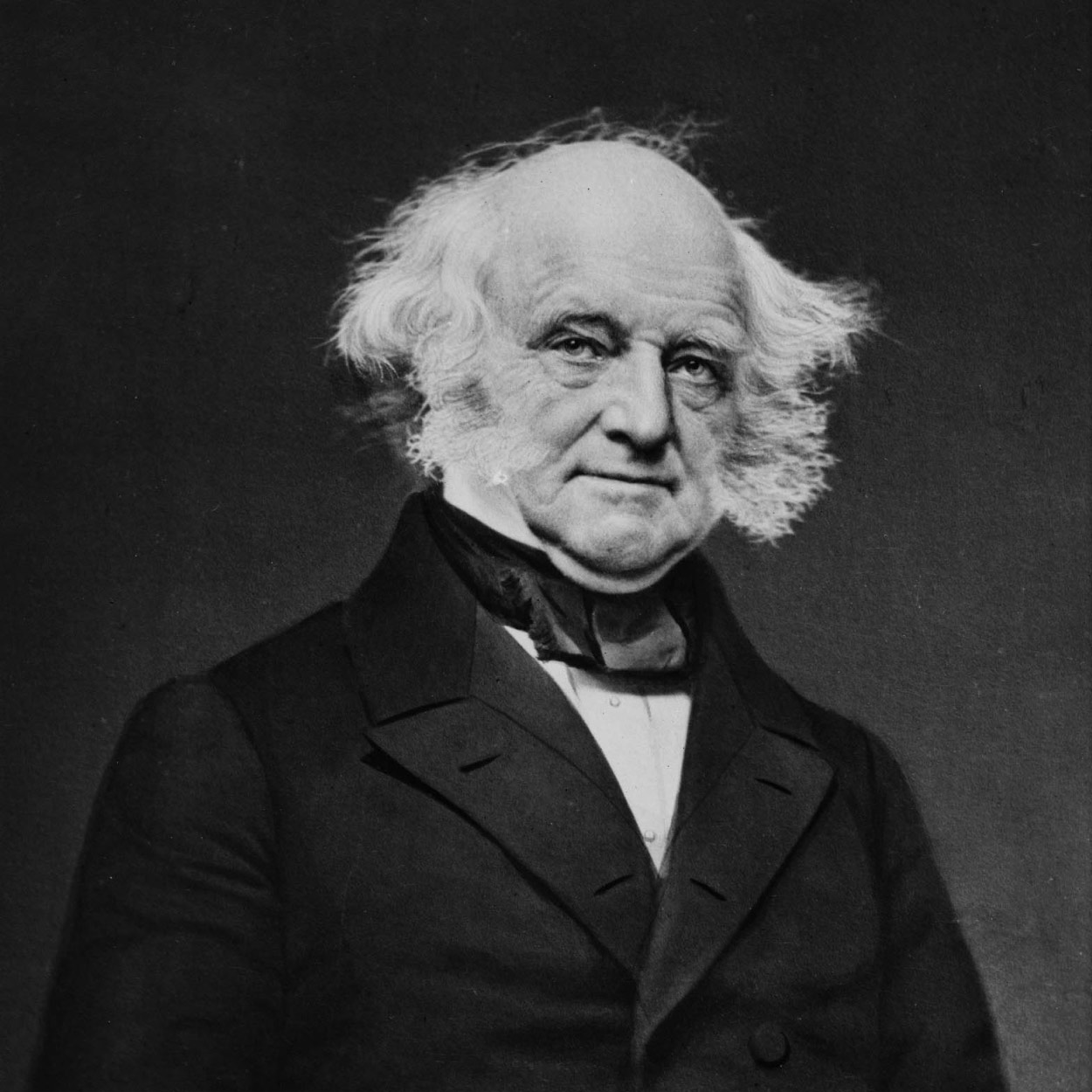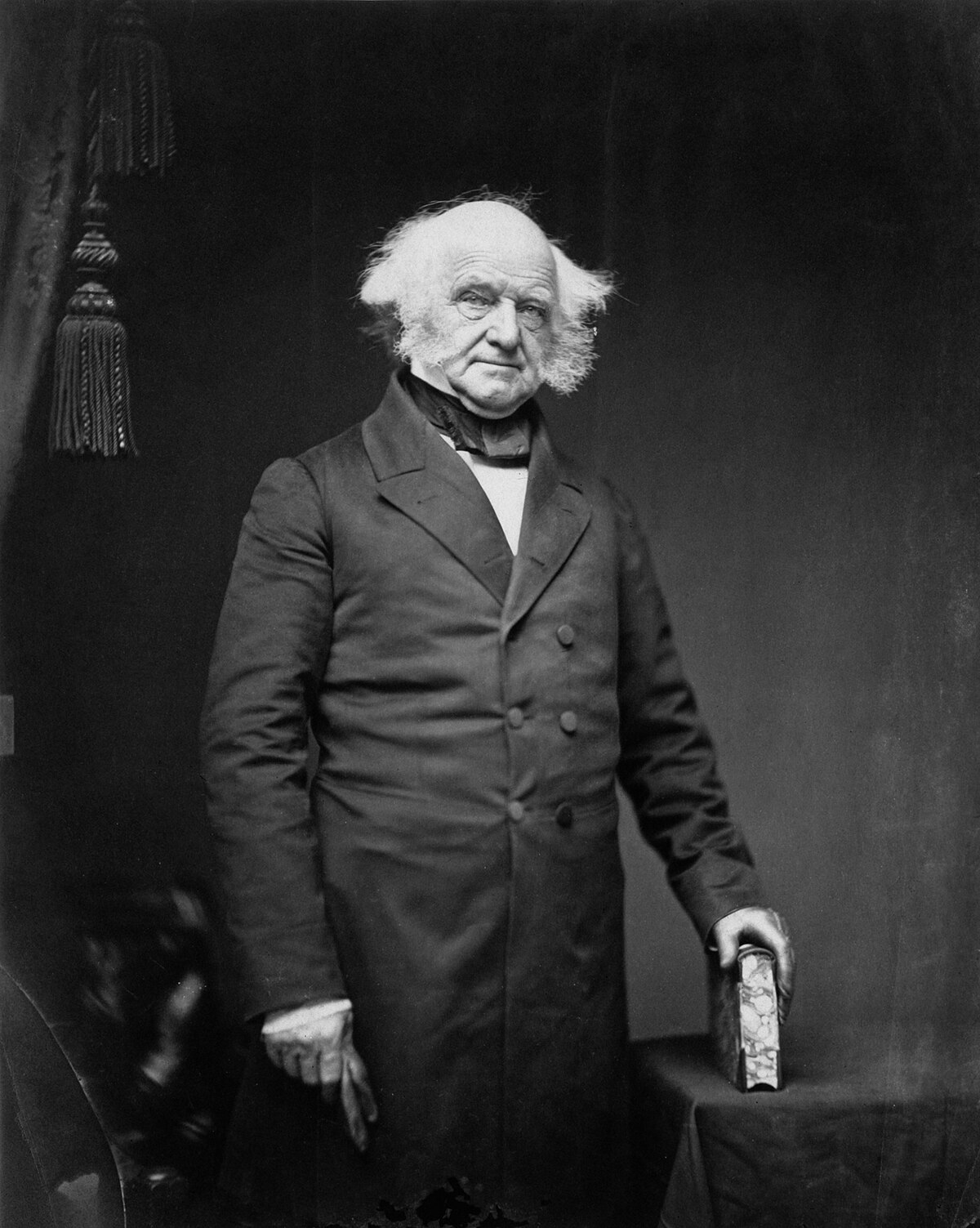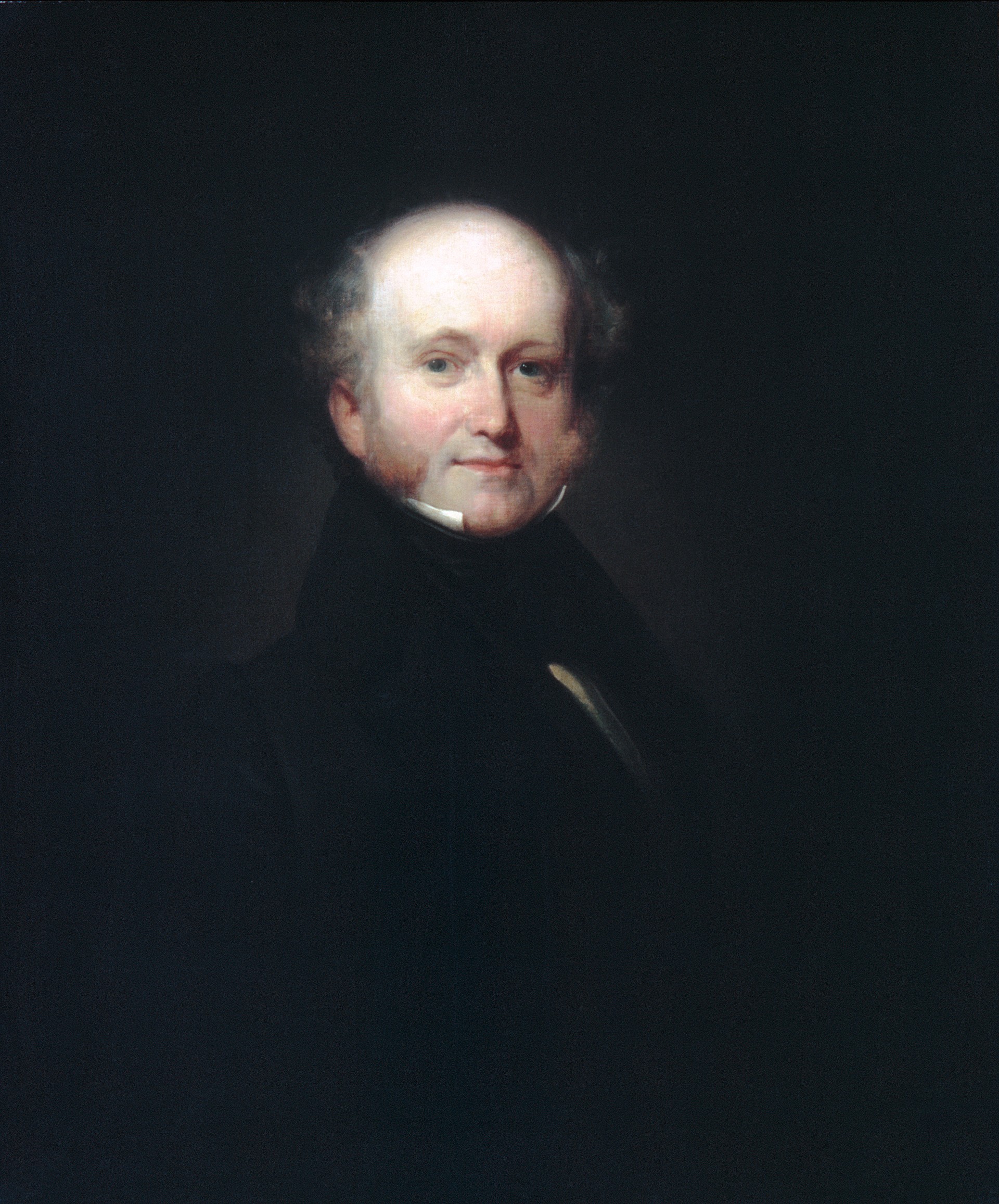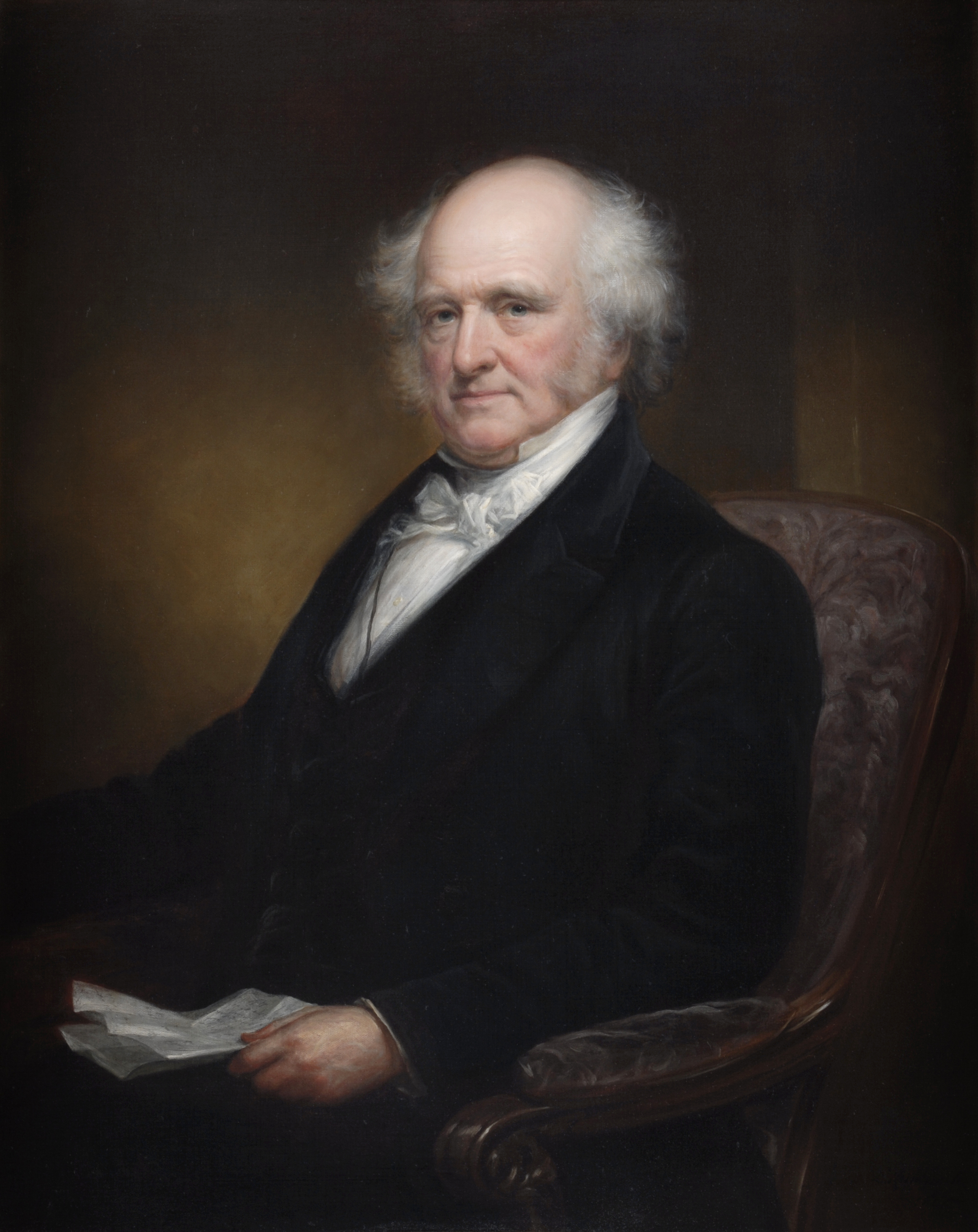
Welcome to the captivating realm of **Martin Van Buren**, the eighth president of the United States! Born on December 5, 1782, in the small town of Kinderhook, New York, Van Buren emerged as a significant figure in American politics during the early 19th century. His political acumen earned him the nickname the **“Little Magician,”** reflecting his remarkable ability to navigate the complexities of political landscapes. As a founding member of the Democratic Party, he played an instrumental role in its development and success. Throughout his career, Van Buren championed key issues that shaped the nation’s trajectory. Join us as we explore his life, delve into his political career, and examine the lasting impact he had on the United States during a transformative period in its history. From his early days in New York to his presidency, Van Buren’s story is one of ambition, strategy, and influence that continues to resonate in American political discourse today.
Early Life and Education

Roots in Kinderhook
Martin Van Buren was born into a family with deep Dutch roots, which played a significant role in shaping his identity and values. His father, Abraham Van Buren, was not only a farmer but also a tavern keeper, providing a lively environment that attracted various notable figures of the time. His mother, Maria Hoes Van Alen, dedicated herself to raising Martin and his four siblings, instilling in them the importance of hard work and community. Growing up in a bustling tavern that frequently hosted influential personalities such as Alexander Hamilton and Aaron Burr undoubtedly left a lasting impression on young Martin, sparking his interest in politics and public service from an early age.
Education and Legal Apprenticeship
Van Buren’s formal education commenced at the local village school, where he laid the groundwork for his intellectual pursuits. He later attended the Kinderhook Academy, where his academic talents began to flourish. By the time he reached the age of 15, he had already made significant strides in the legal field, impressively winning his first court case while serving as an apprentice to the lawyer Francis Silvester. This early involvement in legal matters not only honed his skills but also provided him with invaluable insights into the workings of the law, effectively setting the stage for his illustrious political career that would follow in the years to come.
Political Rise

Entering Politics
In the year 1812, Martin Van Buren embarked on his initial foray into the political arena by launching a campaign for the prestigious New York Senate. His platform was characterized by a strong opposition to the Bank of the United States, which he believed wielded too much power over the economy, and a fervent support for the ongoing war with Great Britain, which he viewed as a necessary endeavor for national sovereignty. Van Buren’s efforts paid off when he won the election by a narrow margin, subsequently serving two full terms in the Senate. This experience not only solidified his reputation as a skilled and strategic politician but also laid the groundwork for his future political ambitions.
The Albany Regency
Van Buren’s political savvy became increasingly evident with the establishment of the Albany Regency, a political organization that would serve as a blueprint for the modern political machines that we recognize today. This influential group played a crucial role in helping him secure a seat in the U.S. Senate in 1821. During his time in the Senate, Van Buren continued to champion the principles of states’ rights and advocated for a limited federal government, positioning himself as a key figure in the political landscape of the time. His ability to navigate the complexities of political alliances and public sentiment further enhanced his standing as a formidable leader in American politics.
Founding the Democratic Party

A New Political Coalition
Following the highly contentious election of 1824, which left the nation divided and politically fragmented, Martin Van Buren emerged as a pivotal figure in American politics. He played an instrumental role in bringing together various factions within the Republican Party to establish what would become known as the Democratic Party. This new coalition was a diverse amalgamation of supporters from prominent political figures such as Andrew Jackson, William H. Crawford, and John C. Calhoun. The formation of this coalition not only represented a significant realignment of political allegiances but also marked a transformative moment in the landscape of American political dynamics, setting the stage for future electoral battles and ideological shifts.
Governor of New York
In 1828, Van Buren briefly held the position of Governor of New York, a role that allowed him to further solidify his political influence within the state. However, his tenure as governor was short-lived, as he soon stepped down to accept the prestigious appointment of Secretary of State under President Andrew Jackson. His time in this high-profile role was characterized by considerable controversy, particularly surrounding the expansion of political patronage, which became a hallmark of Jacksonian politics. Van Buren’s actions during this period would have lasting implications for the relationship between politics and public service in the United States, as he navigated the complexities of governance and party loyalty.
Presidency (1837-1841)

First U.S. Citizen President
When Van Buren assumed the presidency in 1837, he became the first president born as a U.S. citizen. However, he quickly faced a national financial crisis, known as the Panic of 1837, which stemmed from the transfer of federal funds from the Bank of the United States to state banks.
Economic Challenges
Van Buren’s response to the financial crisis included proposing the establishment of an independent treasury, which was eventually passed by Congress. However, his popularity waned as the economic situation worsened, leading to widespread discontent.
The Seminole Wars
Another challenge during his presidency was the ongoing Seminole Wars in Florida. The costly conflict further drained resources and contributed to his declining approval ratings.
Controversies and Setbacks
:max_bytes(150000):strip_icc()/Martin_Van_Buren_by_George_Peter_Alexander_Healy_detail_1864_-_DSC03203_2-5c5b96f946e0fb000158739f.jpg)
Texas Annexation Debate
Van Buren’s reluctance to support the annexation of Texas was another contentious issue. He feared that admitting Texas as a slave state would exacerbate sectional tensions, a decision that ultimately cost him political support.
The Aroostook War
In 1839, tensions flared between Americans and Canadians over disputed territory in Maine, leading to the Aroostook War. Van Buren’s decisive action in sending General Winfield Scott to restore order helped negotiate a peaceful settlement.
Legacy and Post-Presidency

Defeat and Departure
In the 1840 election, Van Buren faced a formidable opponent in William Henry Harrison of the Whig Party. His defeat, with a staggering electoral vote of 234 to 60, marked the end of his presidency. One of his last acts was to limit work hours on federal projects to ten hours a day, a progressive move for the time.
Later Years
After leaving office, Van Buren returned to Kinderhook, where he remained active in politics and continued to influence the Democratic Party. He passed away on July 24, 1862, leaving behind a complex legacy.

Martin Van Buren’s journey from a small-town boy to the presidency is a testament to his political skill and determination. His role in founding the Democratic Party and navigating the tumultuous waters of early American politics makes him a significant figure in U.S. history. While his presidency faced numerous challenges, his contributions to the political landscape continue to resonate today.
Table: Key Events in Martin Van Buren’s Life

| Year | Event |
|---|---|
| 1782 | Born in Kinderhook, New York |
| 1812 | Elected to New York Senate |
| 1821 | Elected to U.S. Senate |
| 1828 | Governor of New York |
| 1837 | Became President of the United States |
| 1840 | Defeated in presidential election |
| 1862 | Died in Kinderhook, New York |

